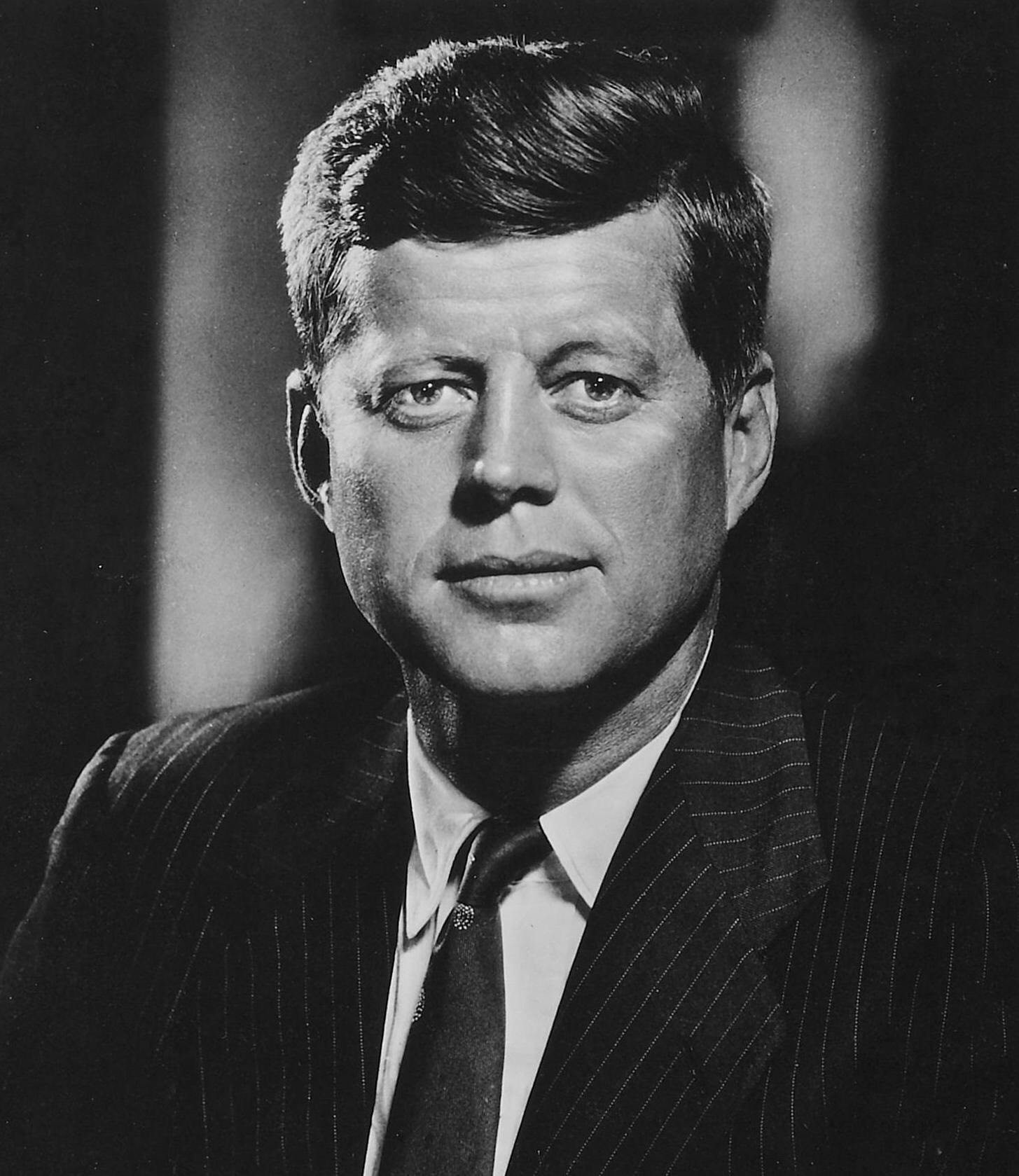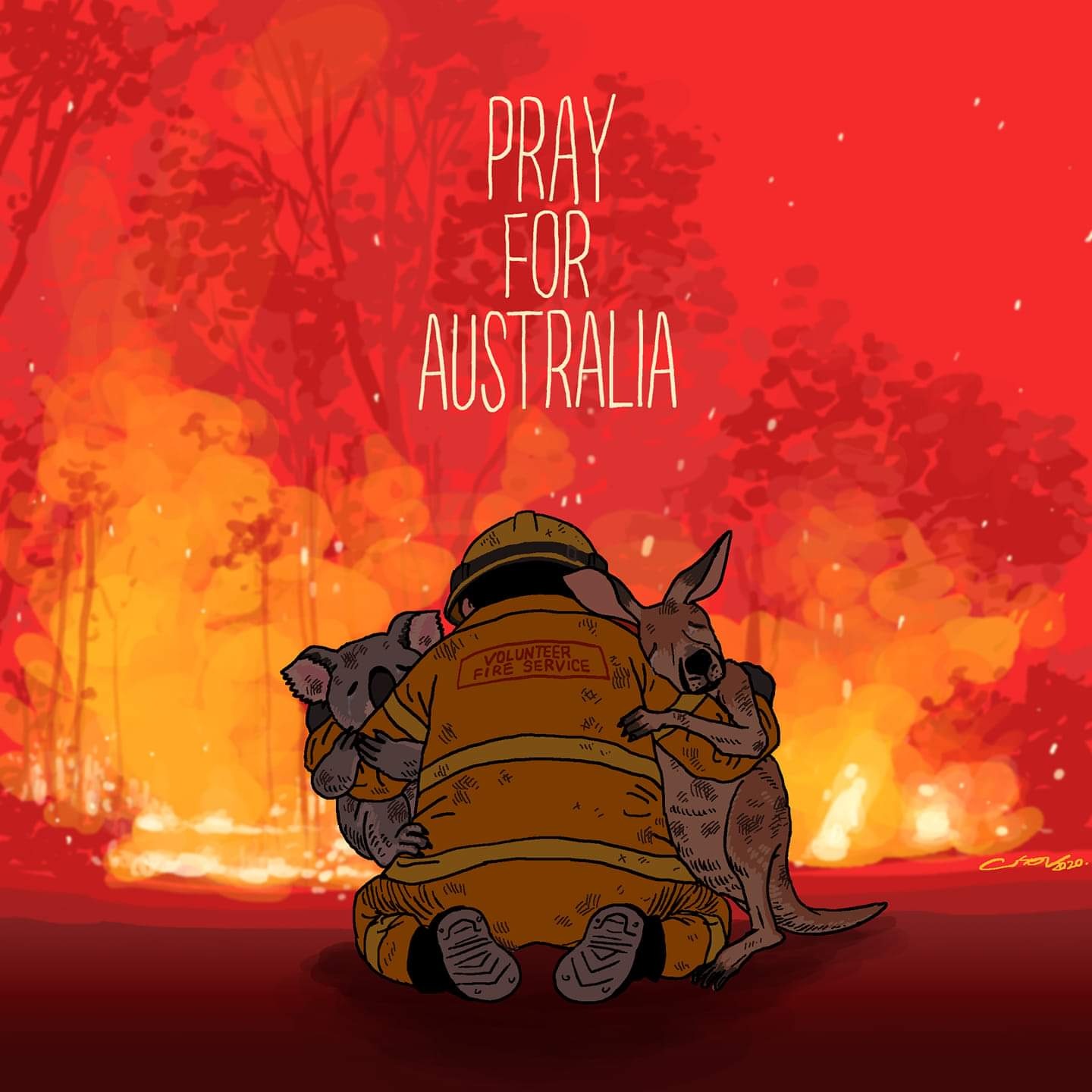你呢啲climate change denialist就真係不願面對啦 成班都冇腦
https://mobile.abc.net.au/news/2019-12-20/hazard-reduction-burns-bushfires/11817336?pfmredir=sm
澳洲燒咗45個香港咁大範圍
小詩
710 回覆
2421 Like
26 Dislike
第 1 頁第 2 頁第 3 頁第 4 頁第 5 頁第 6 頁第 7 頁第 8 頁第 9 頁第 10 頁第 11 頁第 12 頁第 13 頁第 14 頁第 15 頁第 16 頁第 17 頁第 18 頁第 19 頁第 20 頁第 21 頁第 22 頁第 23 頁第 24 頁第 25 頁第 26 頁第 27 頁第 28 頁第 29 頁
不怕,還有你舔的共
highlight埋俾你睇 :
:
"Experts emphasised that in extreme and catastrophic fire conditions, the surface fuel available for burning makes next to no difference to the level of a fire's intensity.
University of Melbourne associate professor Trent Penman, who studies bushfire behaviour,told Fact Check: "Prescribed burning effectiveness decreases with [increasing] FFDI; when you exceed an FFDI of about 50, you switch from fuel-dominated to a weather-dominated fire.
"At this point, while fuel has a small effect, it is overwhelmed by the weather."
Professor Bradstock agreed, pointing to the example of Victoria's Black Saturday bushfires in 2009 that claimed the lives of 173 people.
His team studied the aftermath of the fires which were associated with an FFDI of well above 100.
They found that even in the areas where fuel had been treated with planned burns less than five years prior, there was no measurable effect on the intensity of the fires.
A Country Fire Authority truck is pictured in front of flames while fighting a Bunyip bushfire
Photo Research has found that the intensity of the Black Saturday bushfires was not mitigated by hazard reduction burning.
AAP: Andrew Brownbill
"At a level where we would have expected the fire intensity to be reduced to suppressible levels, we essentially found no effect," he told Fact Check.
"It's almost like a turbo-charging effect, when you have such incredibly high temperatures and very high winds that you only need a negligible amount of fuel to produce a fire intensity that is not suppressible."
The University of Tasmania's Professor Bowman said that in catastrophic conditions, such as those prevailing in the current Queensland and NSW bushfires, all "organic matter is going to burn".
"There's so much heat and strong winds that the fire is able to travel across landscapes regardless of whether they've been burnt previously. It doesn't affect the [fire] behaviour."
 :
:"Experts emphasised that in extreme and catastrophic fire conditions, the surface fuel available for burning makes next to no difference to the level of a fire's intensity.
University of Melbourne associate professor Trent Penman, who studies bushfire behaviour,told Fact Check: "Prescribed burning effectiveness decreases with [increasing] FFDI; when you exceed an FFDI of about 50, you switch from fuel-dominated to a weather-dominated fire.
"At this point, while fuel has a small effect, it is overwhelmed by the weather."
Professor Bradstock agreed, pointing to the example of Victoria's Black Saturday bushfires in 2009 that claimed the lives of 173 people.
His team studied the aftermath of the fires which were associated with an FFDI of well above 100.
They found that even in the areas where fuel had been treated with planned burns less than five years prior, there was no measurable effect on the intensity of the fires.
A Country Fire Authority truck is pictured in front of flames while fighting a Bunyip bushfire
Photo Research has found that the intensity of the Black Saturday bushfires was not mitigated by hazard reduction burning.
AAP: Andrew Brownbill
"At a level where we would have expected the fire intensity to be reduced to suppressible levels, we essentially found no effect," he told Fact Check.
"It's almost like a turbo-charging effect, when you have such incredibly high temperatures and very high winds that you only need a negligible amount of fuel to produce a fire intensity that is not suppressible."
The University of Tasmania's Professor Bowman said that in catastrophic conditions, such as those prevailing in the current Queensland and NSW bushfires, all "organic matter is going to burn".
"There's so much heat and strong winds that the fire is able to travel across landscapes regardless of whether they've been burnt previously. It doesn't affect the [fire] behaviour."
仲要啲火勁到產生自己嘅雷電雲層一閃電又燒

全球暖化咪就係最大嘅人禍,屌真係好撚慘去到地球滅亡個日都要同你呢啲繼續否認全球暖化嘅人一齊死



仆你個街仲有兩年coalition, 真係好撚難頂





tas舊年一月啲遠古rainforest燒到嘭嘭聲

所謂嘅Australia Day梗係出黎示威



可能唔止兩年。如果工黨仲衰過自由黨,自由黨一樣繼續執政。
讚成。

澳洲其實真係當大佬富豪狗咁撚 黃向墨單野已經證明左 冇幾多個國家夠膽玩到咁大 唔明點解成日話澳洲係大陸其中一個省

男朋友澳洲人
佢sad到爆
佢sad到爆

「氣候轉變」最有效嘅解決方法



If it wasn’t this man, we could have got our winter back and solve global warming
#ClinateChangeSinner

#ClinateChangeSinner

你話我衰都咁講,以前係澳要wh,d澳洲鬼成撚日恰Asian,今次睇到佢哋一鋪清晒袋,真係好撚心涼

 希望燒鳩晒佢,反正佢哋本身都唔係原住民,係入侵人地國家得返黎!
希望燒鳩晒佢,反正佢哋本身都唔係原住民,係入侵人地國家得返黎!
所以話呢,世界果然係圓既!




 希望燒鳩晒佢,反正佢哋本身都唔係原住民,係入侵人地國家得返黎!
希望燒鳩晒佢,反正佢哋本身都唔係原住民,係入侵人地國家得返黎!所以話呢,世界果然係圓既!




哦
我都覺得開心喎, 以前喺澳洲勁撚多醉酒佬, 又以為自己高人一等, 等緊紅綠燈過馬路嗰陣推鳩我出馬路, 即刻打鳩個撚樣鬼佬
五毛係特別戇鳩
幾個澳洲朋友都話nth we can do

我試過幾次當街畀白鬼講粗口
估唔到連登同d垃圾藍絲page 差唔多
亂鳩咁講都有人信
明明兩單野 唔同地方
仲旨意香港場運動d人要fact check
最基本係fact都亂七八糟

亂鳩咁講都有人信
明明兩單野 唔同地方
仲旨意香港場運動d人要fact check
最基本係fact都亂七八糟

